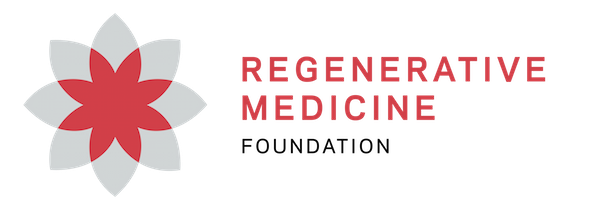Cellular reprogramming is on the up as a growing number of companies race to develop therapies for rejuvenating human beings.
Author: Eleanor Garth – Longevity.Technology – Link to article
Recent advances in cellular reprogramming have revolutionised the fields of biology and medicine, especially after the discovery of induced pluripotent stem cells (iPSCs).
Cellular reprogramming was first discovered by Sir John Gurdon in 1962 using Xenopus egg cells following which his hypothesis was validated by Shinya Yamanaka’s team in 2006 using mouse and human cells. They discovered four transcription factors, also known as Yamanaka factors, Oct4, Sox2, Klf4, and c-Myc (OSKM), that could reprogram the somatic cells into iPSCs [1]. IPSCs can differentiate into many different cell types and being derived from the patient’s cells reduces any risk of rejection during autologous transplantation.
Prominent developments in cellular reprogramming have suggested its role in the modelling and treatment of human diseases [2]. Human diseases can be categorised into three main types: epigenetic, genetic and environmental. Modelling of all three types is possible via cellular reprogramming and can be an excellent way to understand the mechanisms and pathways underlying the aetiology and pathophysiology of the disease. Cellular reprogramming can help to treat diseases by using three different strategies: rejuvenation, trans-differentiation and regeneration.
Longevity.Technology: Based on the recent developments in cellular reprogramming, several companies are aiming to use reprogramming methods for the rejuvenation of tissues and organs as well as treatment of various age-related pathologies. These companies include YouthBio Therapeutics, Turn Biotechnologies, AgeX Therapeutics, Shift Bioscience, Iduna Therapeutics (a Life Biosciences subsidiary), and New Limit. Recently, $3 billion has been invested by a new Jeff Bezos-backed company called Altos Labs for the application of reprogramming to rejuvenation. Google-backed company Calico, which had failed previously, is now starting to focus on cellular reprogramming.
Several in vitro studies have indicated that resetting features of cellular aging with partial reprogramming is possible in different mouse and human cell types. Additionally, OSKM overexpression along with transient expression of mRNAs can be used for cellular rejuvenation. Reprograming has also been found to reset the epigenetic age to zero in iPSCs. Other aging phenotypes such as mitochondrial dysfunction and telomere length can also be rest by reprogramming.

Although several in vitro studies on the role of reprogramming on rejuvenation exists, the number of in vivo studies is quite limited. Now writing in Trends in Biotechnology, João Pedro de Magalhães and Alejandro Ocampo provide an extremely useful and timely overview of this field as it gains ground and popularity.
One ground-breaking study led by Belmonte, Ocampo et al reported that the brief expression of the Yamanaka factors can improve aging phenotypes in a short-lived mouse model of progeria [3].
Another recent study reported that three Yamanaka factors (OSK) can restore vision in aged mice as well as restore youthful DNA methylation patterns [4]. Additionally, partial reprogramming of cardiomyocytes has been reported to drive heart regeneration in mice [5]. Therefore, reprogramming can have therapeutic benefits at least in some tissues and organs of mice, say de Magalhães and Ocampo.
Although reprogramming can have therapeutic benefits, it is currently quite inefficient. Its efficiency needs to be increased dramatically while avoiding the induction of cancer. Fine-tuning of OSKM or identifying alternative factors might be required for safe rejuvenation [6].
Another major drawback of the use of cellular reprogramming in rejuvenation is the development of human therapies since the technology to change and modify human genes is still not fully available.
Cellular reprogramming has therefore emerged as the most promising approach for human rejuvenation. It can help to prevent age-related pathologies and improve the overall lifestyle of humans. Considering the current trajectory of rejuvenation biotech, the amount of capital coming into this sector, and the pace of discoveries in this field, rejuvenation is most likely to explode further in the coming years.

